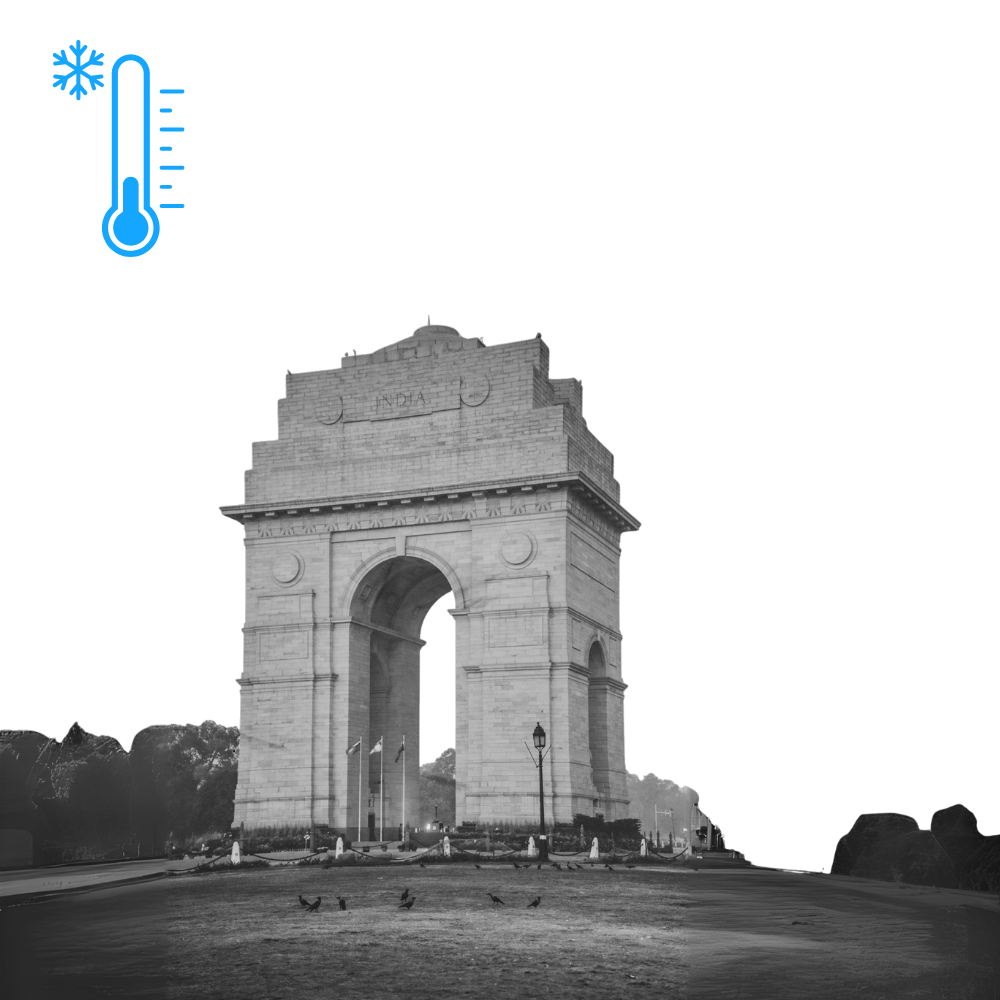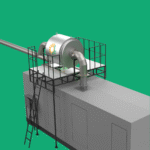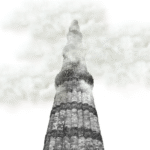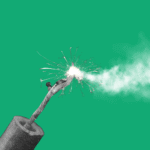
Why Does Winter Pollution Peak in Delhi NCR?
Air pollution is a constant problem in Delhi NCR, which increases during winter. This seasonal increase in pollution is a serious concern for millions of residents and attracts national and international attention. Understanding why pollution increases in winter is important to effectively address the problem and protect public health.
Overview of Air Pollution in Delhi NCR
Delhi NCR is one of the most polluted regions in the world, with often worsening air quality to hazardous standards. The main pollutants responsible for the poor quality of air include particulate matter (PM2.5 and PM10), nitrogen dioxide (NO2), and carbon monoxide (CO). All these pollutants are generated by various sources, such as vehicles, industries, construction, and agricultural practices.
It is hence essential to understand the seasonal fluctuations and remedy their causes. The severe rise in pollution that comes along with winter makes it critical.
What Is Air Pollution?
Air pollution is where harmful substances, including gases, particulates, and biological molecules, are in the air. The most critical one in Delhi NCR is particulate matter.
- PM2.5: This refers to fine particles, whose diameters are smaller than 2.5 micrometers. It is able to penetrate very deep into the lungs and goes in through the bloodstream. It also encompasses
- PM10: These are particles larger than PM2.5 but are still very small to cause respiratory disorders if inhaled.
Other pollutants include ozone (O3), sulfur dioxide (SO2), and volatile organic compounds (VOCs), all of which contribute to the toxic air that residents breathe daily.
Why Does Winter Pollution Spike in Delhi NCR?
Delhi NCR has some winter pollution due to combined factors of meteorological conditions, increased emissions, and human activities.
Winter Climate in Delhi NCR
Delhi NCR in winter has colder temperature conditions, low wind speed conditions, and frequent temperature inversions. These weather conditions make pollutants stay close to the ground, not spreading or dispersing.
- Low Temperatures: In winter, the movement of air slows down, and pollutants accumulate.
- High Humidity: Water in the air reacts with particulate matter to form smog.
- Temperature Inversions: Generally, warmer air rises and disperses pollutants. During winter, however, cooler air is trapped under a layer of warm air, thus forming a lid that keeps pollutants close to the surface.
Key Factors Contributing to Increased Winter Pollution
1. Meteorological Conditions: During winter, there is generally calm weather with low wind speed, leading to minimal natural dispersion of pollutants. Stagnant air will trap the emissions at or near the surface, hence giving rise to smog, which may persist in that region.
2. Increased Emissions: There are enhanced emissions during the winter due to the increased activities as:
Vehicular Emissions: Increased use of vehicles; cold starting enhances the emission.
Heating Requirements: The combustion of coal, wood, or biomass for heating contributes to air pollution.
3. Stubble Burning in Surrounding Areas: A significant source of winter pollution is cropping residue burning by farmers in other states like Punjab, Haryana, and Uttar Pradesh. Crop residues are burnt in fields to prepare them for the next sowing season. It emits enormous smoke and particulate matter in the atmosphere.
4. Construction and Industrial Activities: Construction works and industrial activities continue unabated in Delhi NCR, throwing dust, debris, and pollutants into the air. In the absence of adequate controls, these activities degrade air quality.
Health Impacts of Winter Pollution
Winter pollution has serious and wide-ranging health impacts:
- Respiratory Problems: The incidence of asthma, bronchitis, and other respiratory diseases is increasing.
- Cardiovascular Diseases: Long-term exposure to PM2.5 leads to cardiovascular diseases.
- Weakened Immunity: Pollution weakens the immune system, thereby increasing susceptibility to infections.
- Susceptible Populations: Children, the elderly, and people with pre-existing conditions are most affected.
Winter pollution also leads to reduced visibility, impacting road safety and daily life.
Government and Community Responses Government Measures
The government has taken several initiatives to curb winter pollution:
- Odd-Even Traffic Scheme: Limiting the number of vehicles on the road according to license plate numbers.
- Graded Response Action Plan (GRAP): A set of measures that are activated by rising levels of pollution, such as stopping construction and limiting the use of vehicles.
- Promotion of Public Transport: Hurdling of vehicles by implementing more bus usage, using metro services and carpools will also help to reduce air pollutants.
- Ban on Stubble Burning: Various measures are in place through subsidies of residue management by giving cheap machines to handle it.
- Community Initiatives: Winter pollution can be mainly mitigated through community practices.
- Awareness Campaigns: Awareness about the sources and effects of pollution and ways to reduce one’s carbon footprint.
- Tree Plantation Drives: Increase in green cover as natural air purifiers.
- Citizen-Led Monitoring: Citizens report violations such as open garbage burning or construction dust. Also, RWAs can adhere to government guidelines
Conclusion
Winter pollution in Delhi NCR is one of the complicated issues associated with weather conditions, increasing emissions, and human activity. Its impacts on health, daily life, and the environment cannot be doubted, and so it is vital to address this problem at an urgent rate.
With the right blend of government policies, community action, and individual efforts, Delhi NCR can work towards cleaner air. Innovations such as those from Chakr Innovation, focused on reducing emissions and promoting sustainable practices, can play a very important role in this fight. Together, we can ensure that future winters are safer and healthier for everyone.



